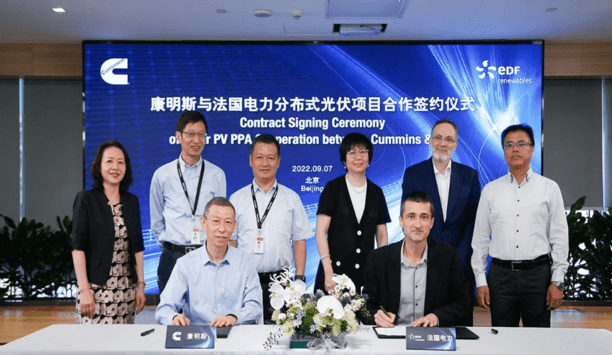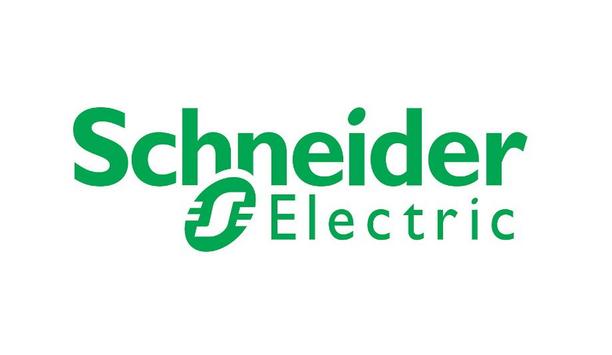High Power Charging (HPC) stations have a charging power of at least 100 kW. Existing grid infrastructure, however, often provides significantly less capacity and upgrades are extremely costly.
Luckily, most cars only charge with maximum power for a brief period. Batteries leverage this and enable the use of HPC on existing infrastructure.
Cars briefly charge with full power
As any EV driver will tell the user, they can charge to some 60-80% in around half an hour, but getting to 100% will take at least twice as long.
This is because most cars can only charge with maximum speed for the first 50% and then the load declines steadily until the car is fully charged. Below user can see the average load curve of a Tesla Model 3 at a Tesla Supercharger (150 kW) from 0 to 100% over time.

As the user can see, the charging load doesn’t exceed 120 kW, even though the charger has a capacity of 150 kW. On top of this, the load goes into a steady decline after the 15-minute mark. After around 40 minutes the load even drops below 50 kW – less than a third of the theoretical capacity of 150 kW.
Grid connections fail to support peak loads
Let’s add a 75 kW grid connection point to the example. In this scenario, the limited capacity constrains the charging speed for the first 30 minutes, but has no negative impact on the charging speed for the remaining 40 minutes, until the battery is fully charged.
In the case of HPC, however, most consumers will not wait until the battery is full, but expect to charge 60-80% as quickly as possible to continue their journey.

Batteries can extend a site’s capacity
The EV can charge at full capacity over the full cycle and is no longer constrained by the grid connection
That’s where a battery comes into play. Let’s assume this battery has a capacity of 40 kWh and supports loads of up to 50 kW. With such a battery, the EV can charge at full capacity over the full cycle and is no longer constrained by the grid connection.
Moreover, if the EV is plugged in for longer than 30 minutes, the battery can already start recharging for the remainder of the charging session. In case of longer sessions, this might even fully return the power charged from the battery into the EV.

Maximize charging speed and level loads
In summary, pairing HPC and batteries allows operators to facilitate charging speeds beyond the capacity of the grid connection point.
On top of that, the batteries also level the load curves of charging sites, which is desirable from a grid operator’s perspective to maintain the grid’s balance.

Tap into new revenue streams
Lastly, batteries also offer the potential for additional cost savings and revenue streams. Operators can use batteries to take advantage of fluctuations in electricity prices.
For example, charging the battery when prices are low reduces demand for grid-supplied electricity during the more expensive peak hours.
flexibility of batteries
Operators can also trade the flexibility of batteries when the power is otherwise not needed to tap into additional revenue streams, for example at night time when there are fewer charging sessions.
The prerequisite for all this, however, is a solution that connects chargers and batteries locally and supports intelligent optimization: smart load management.






